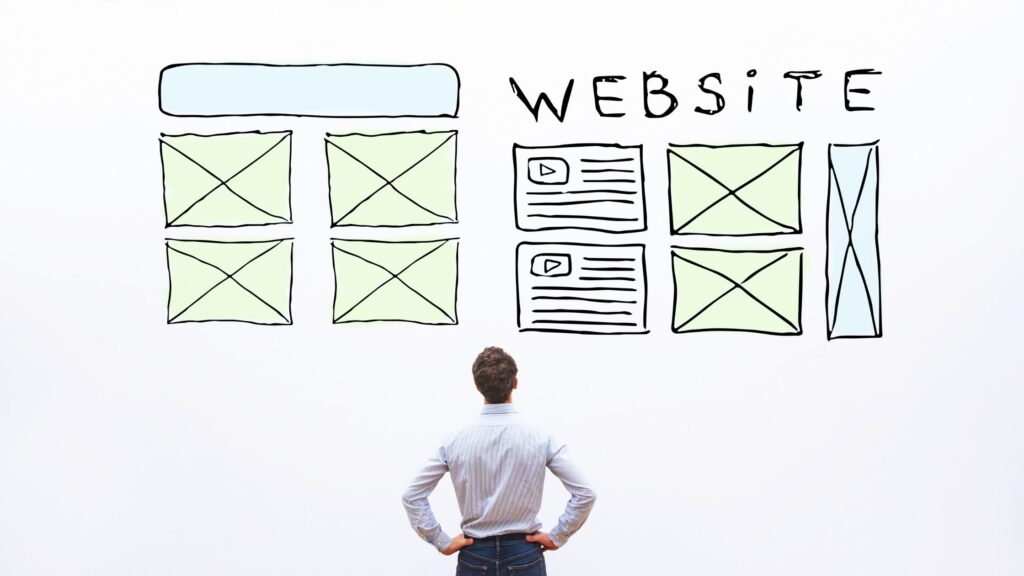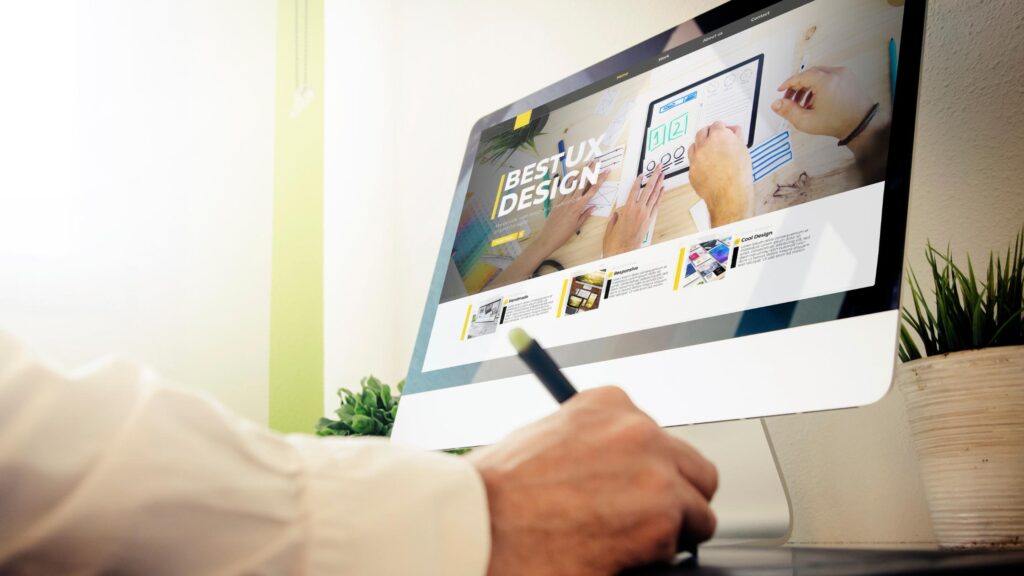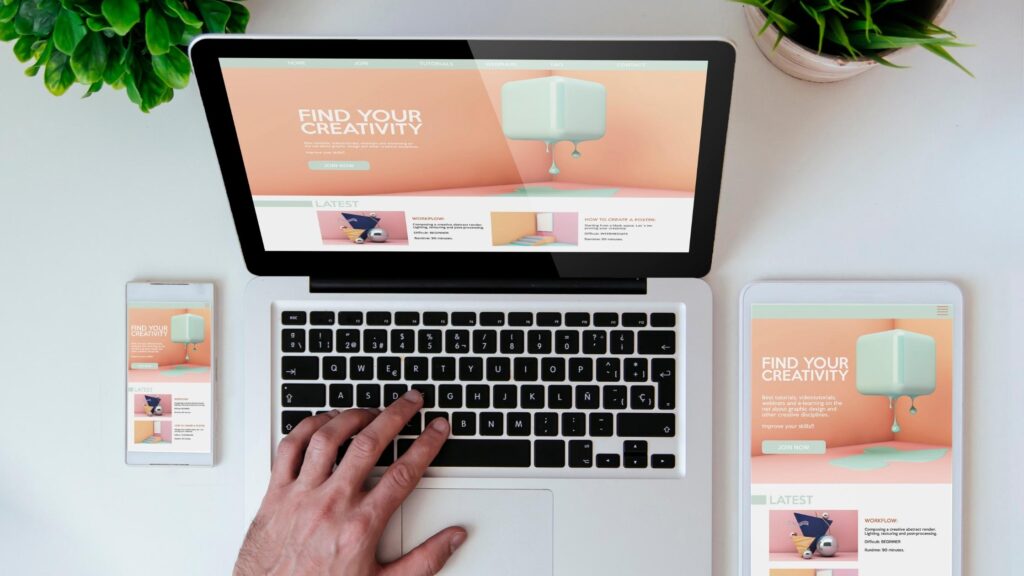Website Design and User Experience: Best Practices for Increasing Conversion.

Website design and user experience play a crucial role in converting visitors into customers. As a digital marketer and WordPress expert, it’s essential to understand the best practices for website design and user experience to improve conversions. In this article, we will discuss some of the key elements that can help make your website more effective in converting visitors into customers.
Navigation
The navigation menu is a crucial aspect of website design and user experience. A clear and easy-to-use navigation menu can help visitors find what they’re looking for, while a confusing navigation menu can quickly turn them away. Here are some tips to keep in mind when designing your navigation menu:
- Keep it simple: Stick to a few main categories and avoid cluttering the menu with too many options.
- Use clear and descriptive labels: Use labels that accurately describe the content of the pages they link to.
- Use drop-down menus: Use drop-down menus for subcategories to keep the main menu clean and organized.
- Make it prominent: Place the navigation menu in a prominent location, such as the top of the page, so it’s easy to find.
Layout
The layout of a website is just as important as the navigation menu in terms of user experience. A poor layout can make a website look cluttered and unorganized, while a well-designed layout can improve the overall aesthetic and make it easy for visitors to find what they’re looking for. When designing the layout of your website, keep the following in mind:
- Use white space: Use white space to separate different elements on the page and make it easier to read.

- Place calls to action prominently: Make sure your calls to action (such as “Sign up” or “Buy now”) are prominently placed and easy to find.
- Use a grid system: Use a grid system to organize the different elements on the page and make it look more organized.
Images and graphics
Images and graphics can be a powerful tool in website design and user experience. They can enhance the overall aesthetic and improve user experience. However, it’s important to use them effectively to avoid overwhelming visitors with too many images or using low-quality images. When incorporating images and graphics into your website, keep the following in mind:
- Use high-quality images: Use high-quality images that are clear and visually appealing.
- Use images to break up text: Use images to break up large blocks of text and make the content easier to read.
- Use graphics to explain complex ideas: Use graphics to explain complex ideas or data in an easy-to-understand way.

Content
Content is the backbone of any website, and it’s important to ensure that it is clear, concise, and engaging. Poorly written content can quickly turn visitors away, while well-written content can keep them engaged and interested in your website. When writing content for your website, keep the following in mind:
- Keep it simple and easy to read: Write in simple language that is easy to understand.
- Use headings and subheadings: Use headings and subheadings to break up the content and make it easier to read.
- Use bullet points: Use bullet points to make lists and important points stand out.
Responsive design
With the increasing number of devices and screen sizes, it’s important to ensure that your website is responsive, meaning it adapts to different screen sizes and devices. A website that is not responsive can be difficult to navigate on mobile devices, which can lead to a poor user experience and lost conversions.

Testing and optimization
Testing and optimization are essential to improving website design and user experience. By regularly testing different elements of your website, you can identify areas that need improvement and optimize them to increase conversions. Some ways to test and optimize your website include:
- A/B testing: Test different versions of your website to see which performs better in terms of conversions.
- Heatmap analysis: Use heatmap analysis to see where visitors are clicking and spending the most time on your website.
- User feedback: Ask visitors for feedback on their experience with your website.
In conclusion, website design and user experience are crucial for converting visitors into customers. By implementing a clear and easy-to-use navigation menu, a well-designed layout, high-quality images and graphics, clear and engaging content, responsive design, and testing and optimization, you can create a website that not only looks great but also effectively converts visitors into customers. Remember that your website is often the first impression potential customers will have of your business, so make sure it’s a good one.

